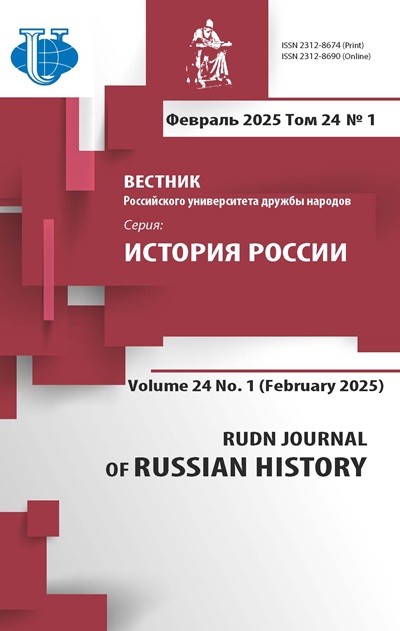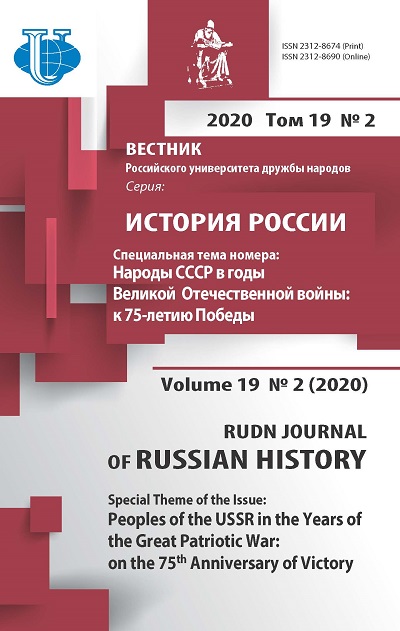Abstract
This article explores the causes of labor discipline violations and their dynamics during the Great Patriotic War by the example of a compact rear industrial center - the city of Kovrov, which became part of the Vladimir Region, which stood out from Ivanovo in 1944. Based on the analysis of the documents of the city committee of the city party, including the minutes of the city committee meetings, memoranda from party instructors, plans and reports on the work of industrial enterprises, the author concludes that there is some dynamics in the violation of harsh labor laws at the city enterprises. Studying the stated problem, it was possible not only to identify the causes of numerous violations of labor legislation by workers and employees, but also to find out the attitude and reaction of the Kovrov city committee of the CPSU (b) to these processes. In the course of the study, a fact was confirmed in many respects, which was repeatedly indicated in both domestic and foreign historiography about the continuity of processes in industrial enterprises of the prewar and war years. Moreover, it would hardly be worthwhile to reduce all complex life phenomena and contradictions exclusively to system errors and manifestations of Stalinism. In each specific case described in the sources, there was a human factor and, accordingly, the choice of officials. The revealed historical sources allow us to ascertain the presence of a certain dynamics in the number of violations of labor discipline at the level of the city and individual large enterprises, but which was not observed across the region. If large enterprises were characterized by wave-like dynamics of violations with a tendency to increase sharply at the beginning of the war, then small factories and artels showed a permanent decrease in such cases. An analysis of the labor practice of the war years forces, at least partially, to revise the thesis of Soviet historiography on the exceptional cohesion of the rear, but at the same time confirms the versatility and complexity of the daily lives of rear workers, emphasizes the harsh conditions in which workers and employees had to work during the war years and at the same time proves that the war years society was not monolithic.
















